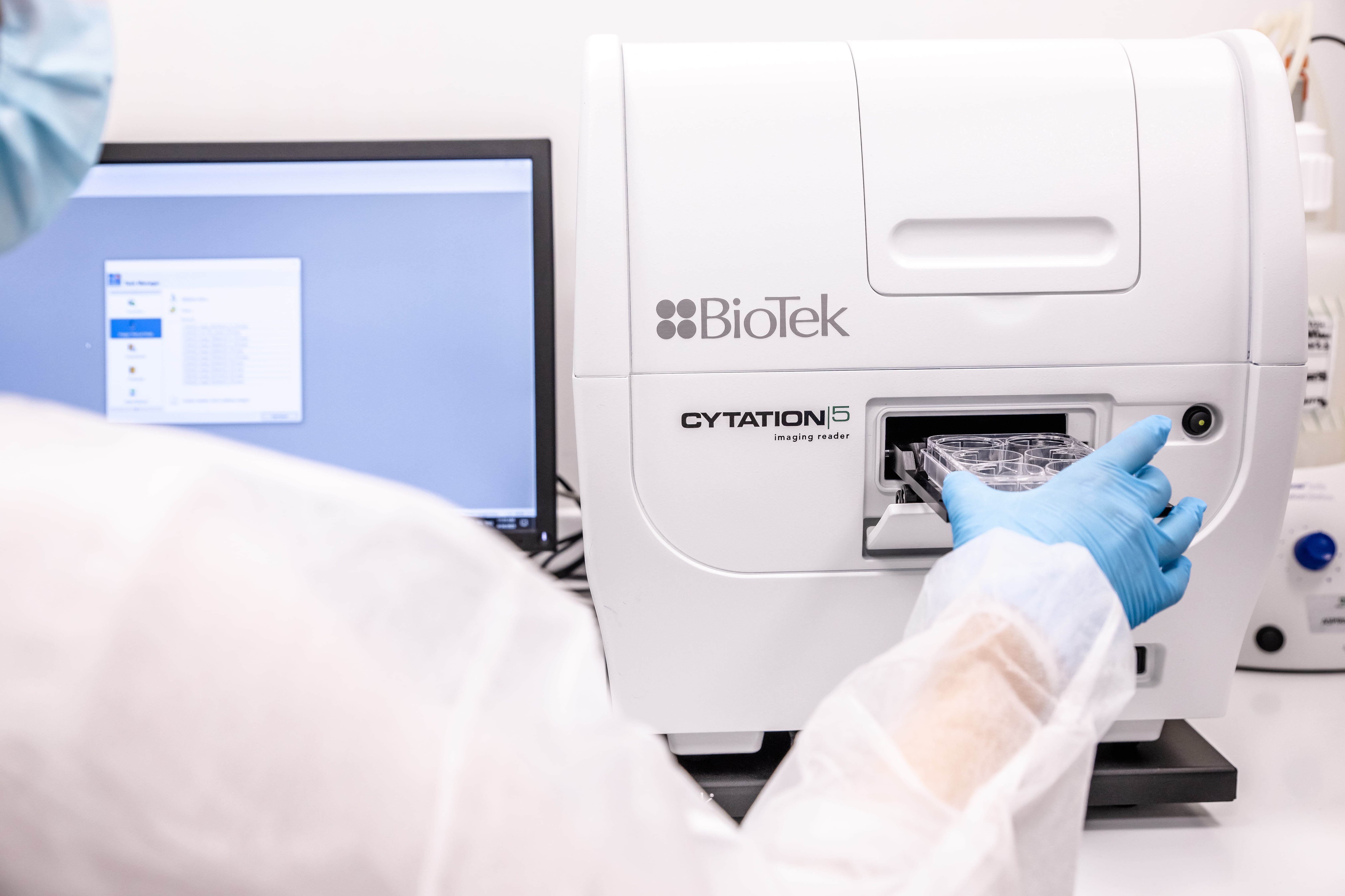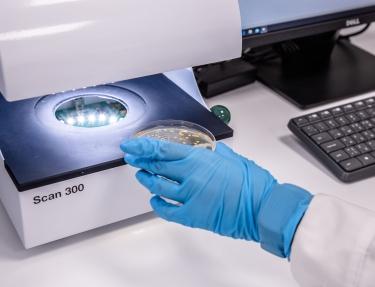The biological evaluation of any medical device is performed as a part of the biological risk assessment process. A series of well justified and documented steps are performed in order to evaluate the data that could be generated from any available source. At the end of this thoroughly planned investigation, the appropriate biocompatibility tests are selected and performed. A Biological evaluation plan (BEP) and the corresponding report (BER) are provided.
The evaluation of the biocompatibility should be appropriate to the intended use of the component material of the finished product. We offer in vitro and in vivo studies, where appropriate and alternative non-animal in vitro screening studies. These biocompatibility tests challenge the test material or a suitabable extract with various biological models, under a GLP environment.
Primary test categories used to address the biological endpoints are:
- Cytotoxicity testing
- Irritation testing
- Sensitization testing


